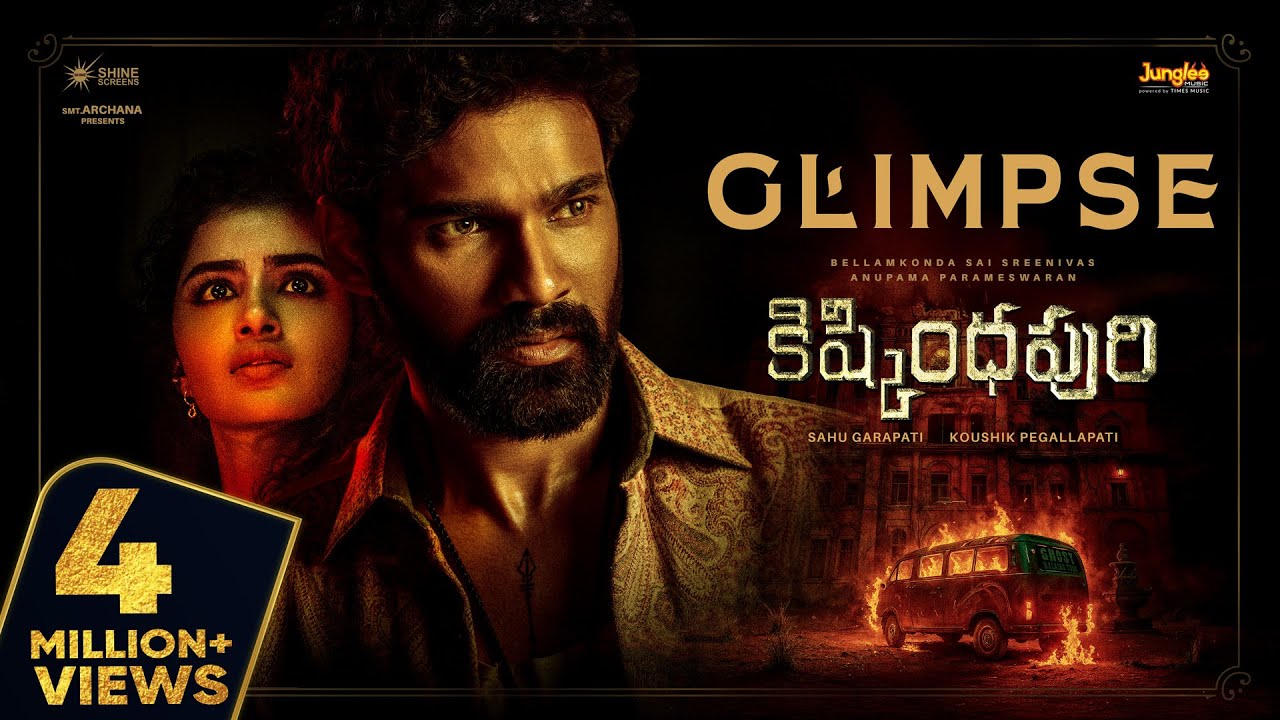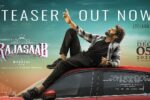Kishkindhapuri (2025) Movie Review
Director’s Vision and Storytelling
Koushik Pegallapati’s vision for Kishkindhapuri is both ambitious and grounded. He merges horror with mythology, crafting a tale that feels fresh yet rooted.
The film unfolds in a rural setting, where every shot is laden with suspense, mirroring the protagonist’s internal struggles and eerie surroundings.
Directorial Choices and Execution
The director uses silence effectively, letting atmosphere speak louder than words. Each scene transitions smoothly, never breaking tension.
His use of long takes in high-tension scenes and abrupt cuts during shock moments keeps viewers immersed in the thriller experience.
Influences and Inspirations
The narrative draws inspiration from epics like Ramayana, with the fictional village of Kishkindhapuri resembling the legendary Kishkindha.
This mythological base gives the horror a layered depth, reminding audiences of folklore passed through generations.
Signature Elements of the Director
Pegallapati’s style features minimal exposition and visual storytelling. His signature lies in using nature—wind, shadows, silence—to create dread.
Similar to his earlier works, he weaves psychological tension with rural mystery, bringing out deep emotional undertones through ambience.
Character Performances and Development
Bellamkonda Sai Sreenivas plays a man caught in a net of ancestral horror. His journey from disbelief to desperation is subtly acted.
Anupama Parameswaran’s performance grounds the supernatural with emotional realism, her chemistry with Sreenivas adding authentic drama.
Screenplay and Writing
The screenplay is tight, with dialogues kept minimal but powerful. It avoids spoon-feeding, encouraging viewers to absorb through action.
The pacing allows tension to build naturally, while character arcs evolve gradually alongside the central mystery.
Comparing to Other Directorial Works
Compared to other Telugu horror thrillers, Kishkindhapuri avoids melodrama. Pegallapati maintains emotional balance even during intense sequences.
His storytelling style can be compared to earlier atmospheric works like Anveshana, but with a modern psychological twist.
Cinematography and Mood Setting
Though the cinematographer is unnamed, the visual style plays a crucial role. Misty frames and stark contrasts evoke isolation and fear.
The village setting—forests, ancient houses, foggy paths—serves as a living character, guiding the film’s chilling tone.
Production Design
The detailed props and locations enhance immersion. Dilapidated temples, oil lamps, and tribal markings create authenticity.
This meticulous design complements the story’s mythic roots, elevating both aesthetic and atmosphere.
Music and Sound Design
Composers Chaitan Bharadwaj and Sam C S deliver a haunting score. From unsettling hums to sudden shrieks, each sound fits perfectly.
The soundtrack adds emotional depth, particularly in moments of character vulnerability and flashbacks.
Visual Effects
The supernatural elements use restrained CGI, opting instead for practical effects. This choice adds realism to the horror.
VFX moments blend seamlessly into live-action scenes, avoiding jarring transitions and keeping tension alive.
Genre Comparison
Within the horror-thriller genre, Kishkindhapuri competes well with films like Virupaksha. It stands out for its myth-based narrative.
Unlike over-the-top horror flicks, this film uses subtlety, making fear feel intimate and psychological.
Box Office Buzz
While official numbers aren’t released, early buzz hints at strong box office traction, especially in rural and mytho-thriller-loving audiences.
The unique premise and compelling performances are driving repeat viewership, as seen across iBomma Movies and Iradha Movies mentions.
Reception on Review Platforms
Early reviewers on sites like Bappamtv Movies highlight the film’s strong direction and mood-building abilities.
Critics praise its balance of myth, emotion, and scares, calling it a refreshing addition to Telugu horror cinema.
Final Verdict
Kishkindhapuri is a gripping blend of myth and mystery, guided by a clear, atmospheric directorial vision. It never loses focus.
Strong performances, minimalist horror, and deep storytelling make it a standout. It’s a rewarding watch for fans of layered thrillers.
Star Rating Table
| Aspect | Rating |
|---|---|
| Direction | 4.5/5 |
| Performances | 4/5 |
| Screenplay | 4/5 |
| Production Design | 4.5/5 |
| Music | 4/5 |
| Overall | 4/5 |
FAQs
What is the genre of Kishkindhapuri?
It’s a horror thriller with mythological and psychological elements, set in a rural village.
Who directed the film?
Koushik Pegallapati directed the movie, showcasing a strong vision and mastery of suspense.
Is Kishkindhapuri worth watching?
Yes, especially if you enjoy myth-based thrillers with atmospheric storytelling and emotional depth.
How are the performances?
Bellamkonda Sreenivas and Anupama Parameswaran deliver convincing and layered performances.
Is there a mythological angle to the film?
Yes, the story draws from folklore and legends, giving the horror an ancient, rooted feel.
Disclaimer
Star rating is based on early critical estimates and may vary with wider audience feedback.



